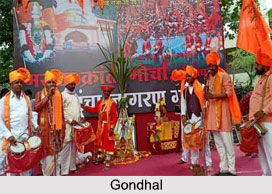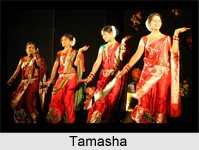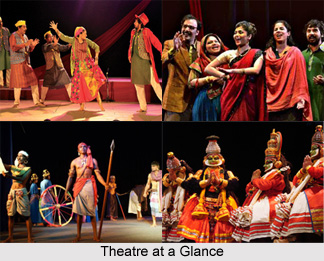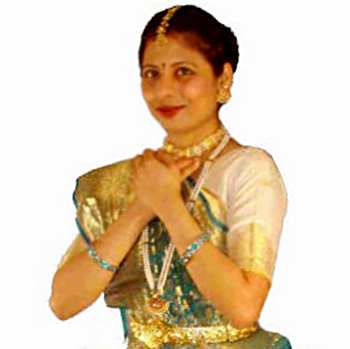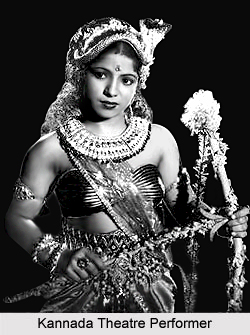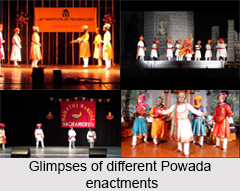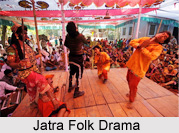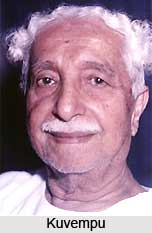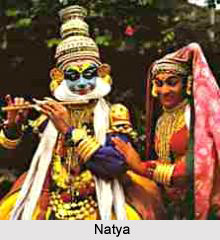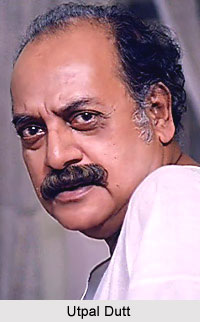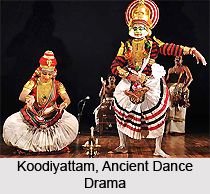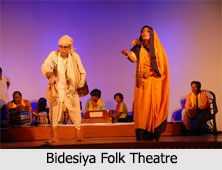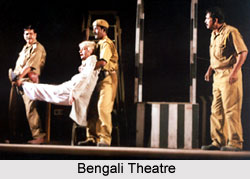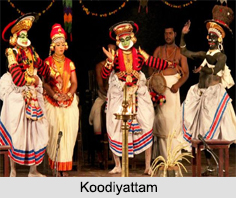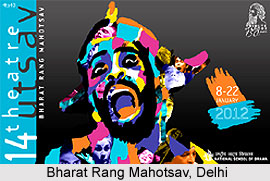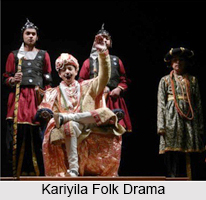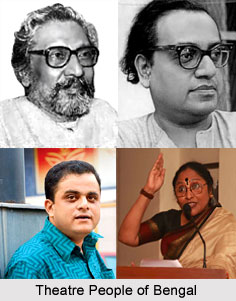Language used in modern Indian theatre has been, among others, a point of contention in debates on modern Indian theatre. The question of language usage in Indian drama has made for an interesting discussion. Indian theatre in English, even before Independence, had to contend with difficulties concerning the audience and location, restricted as it was primarily to cities, towns, and universities. And even though English theatre in India proliferated during the nineteenth century, specially in Mumbai, Kolkata and Chennai the upshot of this growth was the rise of modern in Marathi drama and theatre and Gujarati theatre in the face of the challenge from vernacular dramatic activity.
As theatre gained momentum during the early decades of the twentieth century through organizations such as the Indian People`s Theatre Association, IPTA - some of the Indian theatre groups understood the significance of the language in scripts and plays. Even the first Five Year Plan after Independence, encouraged the performing arts as an effective means of public enlightenment and saw the founding of institutions such as the NSD, Rukminidevi Arundale`s Kalakshetra at Adyar - Chennai, Mrinalini Sarabhai`s Darpan Academy of Performing Arts in Ahmedabad, and theatre departments in universities including those of Baroda, Kolkata, Punjab, Annamala, and Mysore provided far fewer opportunities to English drama.
Also, NSD`s interest in promoting a `National Theatre` through translations of plays from other languages into Hindi further marginalized English language drama. Sometimes plays were staged in Hindi even before being staged in the original language, a trend that continued and made Hindi theatre a kind of `National Theatre` among plays that were staged.
Despite the success of playwrights such as Asif Currimbhoy and Gurcharan Das, due to the lack of enough patronage and rejection of English as the language of the elite and a colonial import that was therefore not `Indian` enough, English language theatre came to be dependent on the translation of plays written in Indian regional languages into English, notably those by Girish Karnad, Badal Sircar and Vijay Tendulkar.
This article is a stub. You can enrich by adding more information to it. Send your Write Up to content@indianetzone.com
